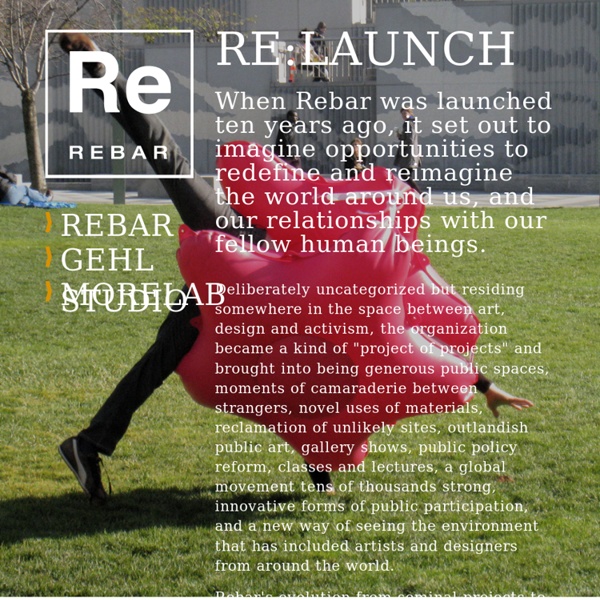



THIENOT BALLAN ZULAICA architectes About Creative 30 - Creative 30 Transsolar & Tetsuo Kondo Architects: Cloudscapes Clouds are important elements of our atmosphere, framing outdoor space and filtering sunlight. They are the visible part of the terrestrial water cycle, carrying water— the source of life—from the oceans to the land. Clouds find balance within stable equilibria and naturally sustain themselves, embodying and releasing solar energy. The ability to touch, feel, and walk through the clouds is a notion drawn from many of our fantasies. Gazing out of airplane windows, high above the earth, we often daydream of what it might be like to live in this ethereal world of fluffy vapor. Transsolar & Tetsuo Kondo Architects create Cloudscapes where visitors can experience a real cloud from below, within, and above floating in the center of the Arsenale. The cloud is based on the physical phenomenon of saturated air, condensation droplets floating in the space and condensation seeds. Words and photos: Courtesy of Tetsuo Kondo Architects
DORELL.GHOTMEH.TANE / ARCHITECTS | NEWS Le musée national estonien disparait sous la neige. Le chantier ne s'arrête jamais pendant l'hiver.project link 2014/11/14 - "LIGHT is TIME" AT AOYAMA SPIRAL IN TOKYO Après le grand succès de "LIGHT is TIME" dans le Salone à Milan en 2014, CITIZEN ont décidé de ramener chez eux l'installation au Japon. DGT s'est vu décerner le premier prix dans le concours sur invitation qui avait retenu 10 équipes internationales. DGT a conçu l'installation pour Taka Ishii Gallery et Amana au Paris Photo, qui se est tenue au Grand Palais à Paris. +++++Dates: 01 Oct - 18 Jan, 2014Lieu: Grand Palais, Paris, Franceproject link Le chantier du musée national estonien avance de jour en jour. Le nouveau stade national du Japon est encore un sujet de discorde et de débat; en attendant, The Architectureal Institute of Japan à Tokyo ont organisé l'exposition "THINKING OF TOKYO FROM THE TOKYO OLYMPICS IN 2020". 2014/4/10 - "LIGHT is TIME" - L'installation doublement primée par les "MILAN DESIGN AWARD 2014"
untitled AGENCE | SPLAAR - Sandra Planchez + Le Labo des Architectes Voir et télécharger le book de l’agence SPLAAR Qu’est ce que SPLAAR ?Un nouveau meuble Ikea? «Solaar» écrit par erreur avec un p ? Un architecte ou designer finlandais héritier d’Alvar Aalto ? Un clin d’œil au Japon et à l’architecture de Sanaa ? SPLAAR, c’est encore un double «a» pour architectes associés et la volonté de travailler sur des projets croisés qui conjuguent des compétences complémentaires adaptées à chaque projet. Si les enjeux et les approches diffèrent à travers des échelles et des programmes variés, l’exigence demeure. Ainsi, chaque début de projet est une période d’incubation fertile et constructive qui permet de questionner les évidences formelles ou programmatiques par une réflexion architecturale à la fois ouverte et vigilante, pour construire l’équilibre d’un bâtiment. Pour cela, l’architecte n’est surtout pas créateur solitaire. What about SPLAAR ? Progressive pragmatism and architectural research brought together in one structure. Architecte DPLG, Urbaniste IEP
Home Architectures de Cartes Postales 2